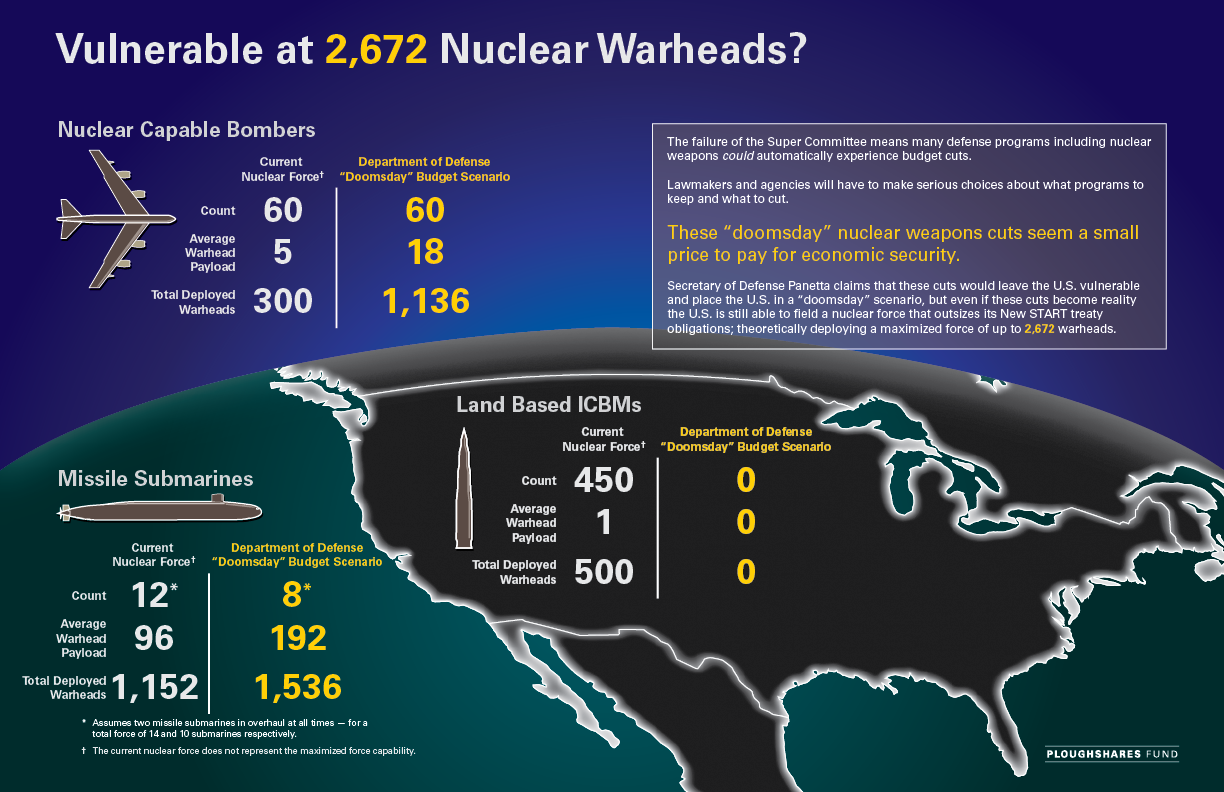
WASHINGTON (May 20, 2019) — While the Trump administration has made updating and upgrading America’s nuclear arsenal a priority, a pair of key House appropriations subcommittees are setting up a fight over funding for fiscal year 2020.
While both the Defense and Energy and Water subcommittees, the latter of which oversees the National Nuclear Security Administration, will face a full committee markup of their funding plans on Tuesday, the two subcommittees released funding documents Monday. In both documents, key parts of the Trump administration’s Nuclear Posture Review modernization plan take a hit.
Democrats, particularly House Armed Services Committee chair Rep. Adam Smith of Washington, have been vocal critics of the administration’s plan to stand up two new nuclear warheads: the W76-2, a new low-yield variant of the warhead used on the Navy’s Trident ballistic missile, and a future sea-launched nuclear cruise missile.
In both committees, the W76-2 suffered funding cuts. On the defense side, appropriators cut $19.6 million intended to support the W76-2. Meanwhile the energy subcommittee zeroed out NNSA’s $10 million funding for the warhead.
Those funding changes, if enacted, would have little impact on production of the warheads, which are expected to be largely completed in FY19. But the defense cut is more impactful, as that funding would support the fielding of the new weapons.
“In taking this funding, House appropriators are making it clear that they oppose the warhead and moving forward with deployment,” said Kingston Reif of the Arms Control Association. “And House authorizers appear poised to reinforce that message.”
Proposed funding for a study on how to move forward with the sea-launched cruise missile gets no funding from the energy subcommittee. However, the defense subcommittee supports a $5 million request for that study from the Navy — while noting that “the Committee is concerned with the potential costs and operational impacts of this potential additive acquisition program.”
Hence, it requires a report within 90 days that would provide an “estimated cost of a SLCM–N acquisition program, an estimate of the increased operational and security costs that would be imposed on the fleet by a SLCM–N, an assessment of whether possession of a SLCM–N by Navy submarines would affect access to overseas ports and facilities, and a description of the validated military requirement.”
In addition to those two new warheads, the NPR called for extending the life of the B83 nuclear bomb beyond its planned expiration date, a funding project which would fall fully to NNSA. The energy subcommittee declined to support that.

With the U.S. formally withdrawing from the Intermediate Nuclear Forces (INF) treaty, the Pentagon is pursuing at least three ground-based systems that would have violated that agreement. However, the defense appropriations committee zeroes out the research and development funds for those systems.
Much like the nuclear cuts, the funding drop on these systems is in line with party politics, as Democrats have roundly criticized the INF decision — something Reif thinks will continue when the HASC finishes its authorization language.
“Following the 2018 midterms elections, it seemed likely that the new Democratic-led House would provide more aggressive oversight of the Trump administration’s unnecessary, unsustainable, and unsafe plans to augment the role of nuclear weapons and retreat from the longstanding U.S. leadership role on arms control and nonproliferation,” Reif said. “The House appropriations committee has put down some initial markers that do just that.”
It is likely the changes revealed Monday will lead to tensions with the Senate, where the Republican majority, particularly under Senate Armed Services Chairman Jim Inhofe of Oklahoma, has given vocal support both for leaving the INF and for upgrading America’s nuclear arsenal.
Aaron Mehta is Deputy Editor and Senior Pentagon Correspondent for Defense News, covering policy, strategy and acquisition at the highest levels of the Department of Defense and its international partners.
Posted in accordance with Title 17, Section 107, US Code, for noncommercial, educational purposes.